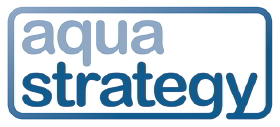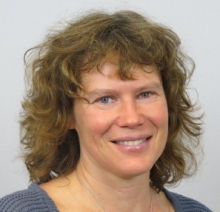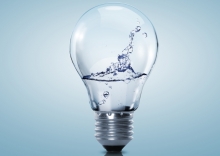Issue:
The Danish city of Kolding is continuing its track record of implementing innovations in the control of its sewage system, and the work there represents an important showcase for company Krüger. Keith Hayward heard from Tina Kunnerup Hestbaek about developments.

Smart, data-driven innovation is on its way to becoming the norm for drinking water supply systems. The sewage side of the municipal water sector is less advanced. But there are nonetheless examples that show what opportunities lie ahead.
One such example is the Danish city of Kolding. A number of projects have been implemented here over recent years with the input of Veolia group company Krüger, and work is continuing. ‘Kolding is a really good case study for us because they have wastewater treatment plant control and they also have control in the sewer system,’ says Tina Kunnerup Hestbaek, Project Manager with the company.
Combined sewer overflow reduction
Kolding is located on a relatively enclosed part of the Danish coast, at the western end of Kolding Fjord. One project launched in the city in 2011 used smart control to reduce the number of combined sewer overflow discharges from the downtown area into the coastal waters.
Kunnerup Hestbaek recalls that the initial response of the local utility to the request from the municipality was to consider what retention basin volume would be needed in the downtown area to store flow in order to reduce overflows. She explains that there were already a lot of retention basins scattered around the outskirts of the town, and that there was an opportunity instead to use that volume in a better way in order to protect the downtown area. ‘We showed we could halve the amount of stored volume needed downtown if we made some intelligent control for the [basins in the] other parts of town,’ she says.
Some of the retention basins included gates to release flow captured during rain events. Others were emptied using pumps. The intelligent control system therefore controlled the gates and pumps to change the release of the captured flow in order to help reduce the peak flow rates in the downtown area. The project included the addition of pumps or gates to some of the basins so that flow could be controlled for all of them.
According to Kunnerup Hestbaek, innovative features of the project were not just the control, but the dedicated user interface that was included, and the decision to actively track progress of the project after its implementation.
Piloting dry weather progress
In 2014, a pilot project was initiated by the utility in an attempt to take things further. Wet weather only accounts for a relatively small proportion of the operating time for its wastewater network. As would be expected, most of the time it operates under dry weather conditions. Kunnerup Hestbaek recalls that the utility therefore wanted to see if there was an opportunity to optimise operation during the 80-90% of the time when it was not raining.
To read the rest of this article, log in here. New users can register here for free trial access, or subscribe here.
Keywords:
- Denmark, Kruger, Veolia, sewers






